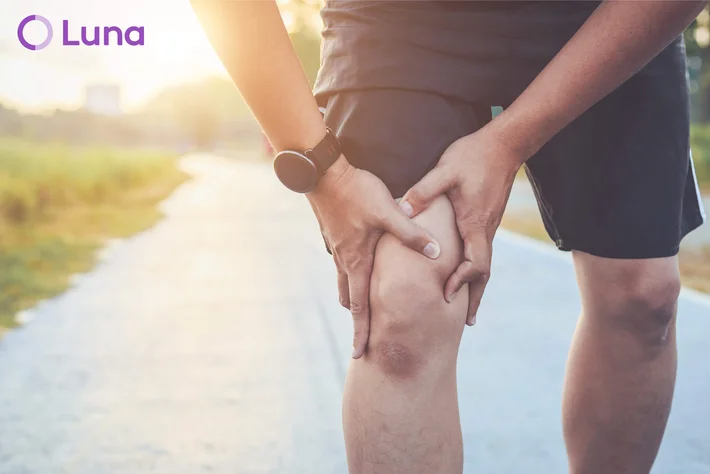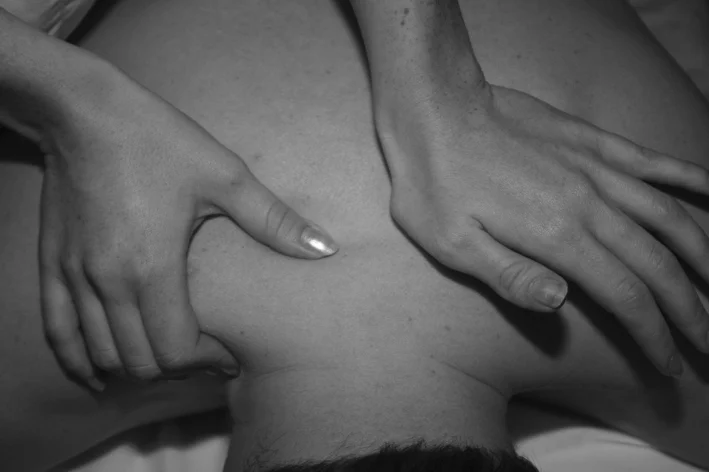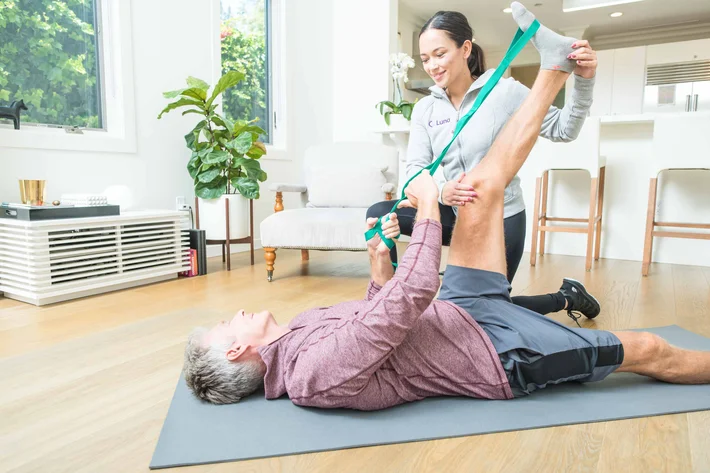![Separator]()
What is difficulty with gait?
The term “gait” refers to a person’s walking pattern. When patients have difficulty with gait, they may walk slowly and stiffly, make irregular movements when walking, shuffle their feet, or take small, jerky steps. There are five categories of abnormal gait: spastic, scissors, steppage, waddling, and propulsive.
Spastic gait can make a person appear stiff and drag his or her feet while walking. With scissors gait, the patient’s legs hit each other when walking. Steppage gait causes the patient’s toes to point towards the ground and scrape the floor with each step, while patients with waddling gait move side to side and swing the body forward instead of walking straight ahead. Finally, patients with propulsive gait walk with the head and neck pushed forward.
Difficulty with gait can occur as a symptom of a number of underlying conditions, or due to an injury. Arthritis, multiple sclerosis, cerebral palsy, stroke, vision problems, an infection in the leg, or in the inner ear can all cause abnormal gait.
Source:
MedicalNewsToday



















